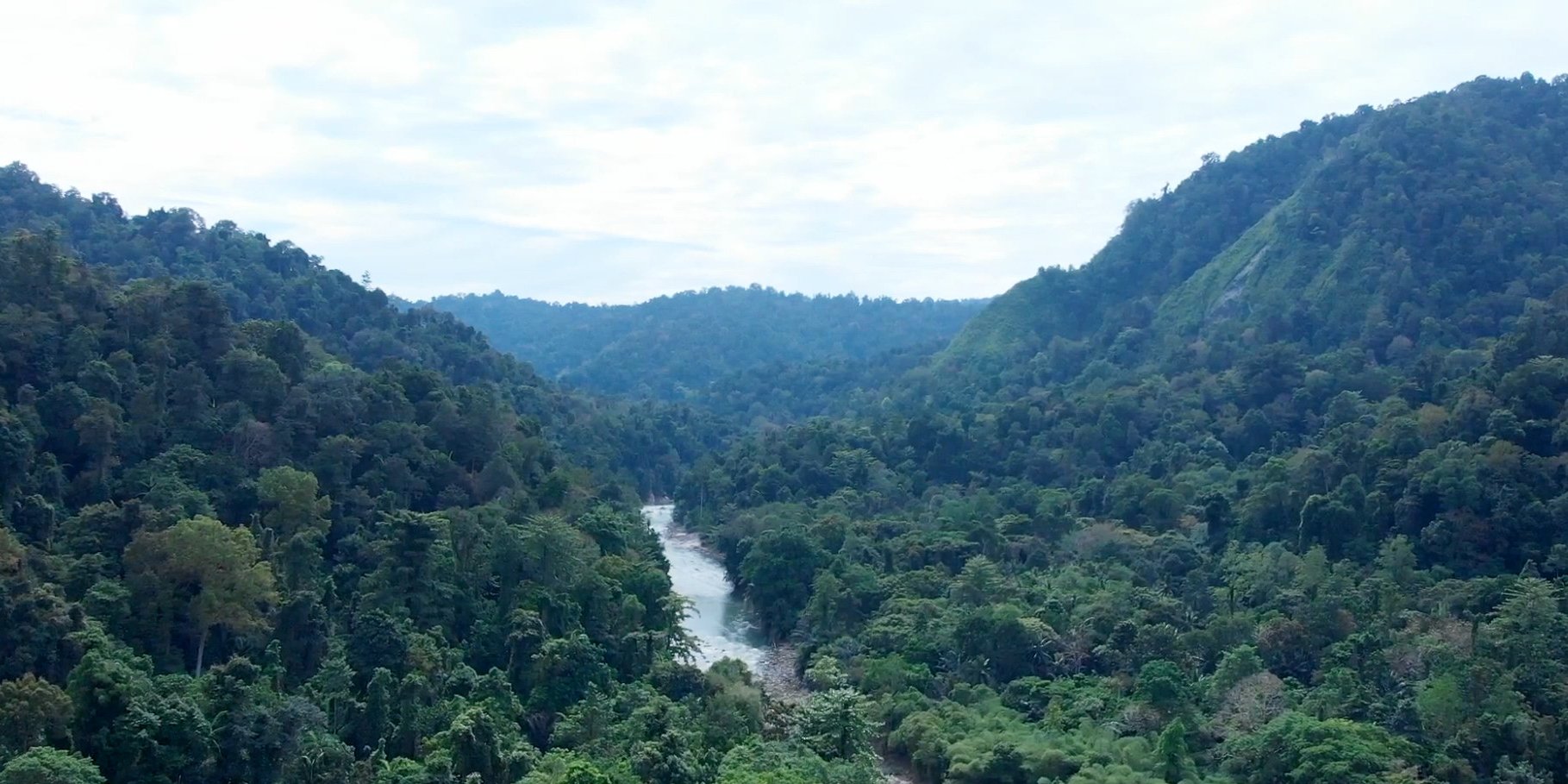About
Bogani Nani Wartabone National Park is an amalgamation of three conservation areas, namely: Dumoga Wildlife Sanctuary covering ± 93,500 ha in Bolaang Mongondow Regency, Bone Wildlife Sanctuary covering ± 110,000 ha in Gorontalo Regency, and Bulawa Nature Reserve covering ± 75,200 ha in Bolaang Mongondow Regency.
Sulawesi endemic animals in the Bogani Nani Wartabone National Park
A. Anoa Dataran-Rendah/Lowland Anoa (Anoa depressicornis)
Lowland Anoa is a group of mammals in the buffalo family (Bovidae). His body is stocky and stocky with round, flat, pointed horns. Anoa body length can reach one meter and a height of about 90 centimeters. Adult lowland anoa is generally dark brown to black, with white on the neck like a necklace and white on the lower legs.
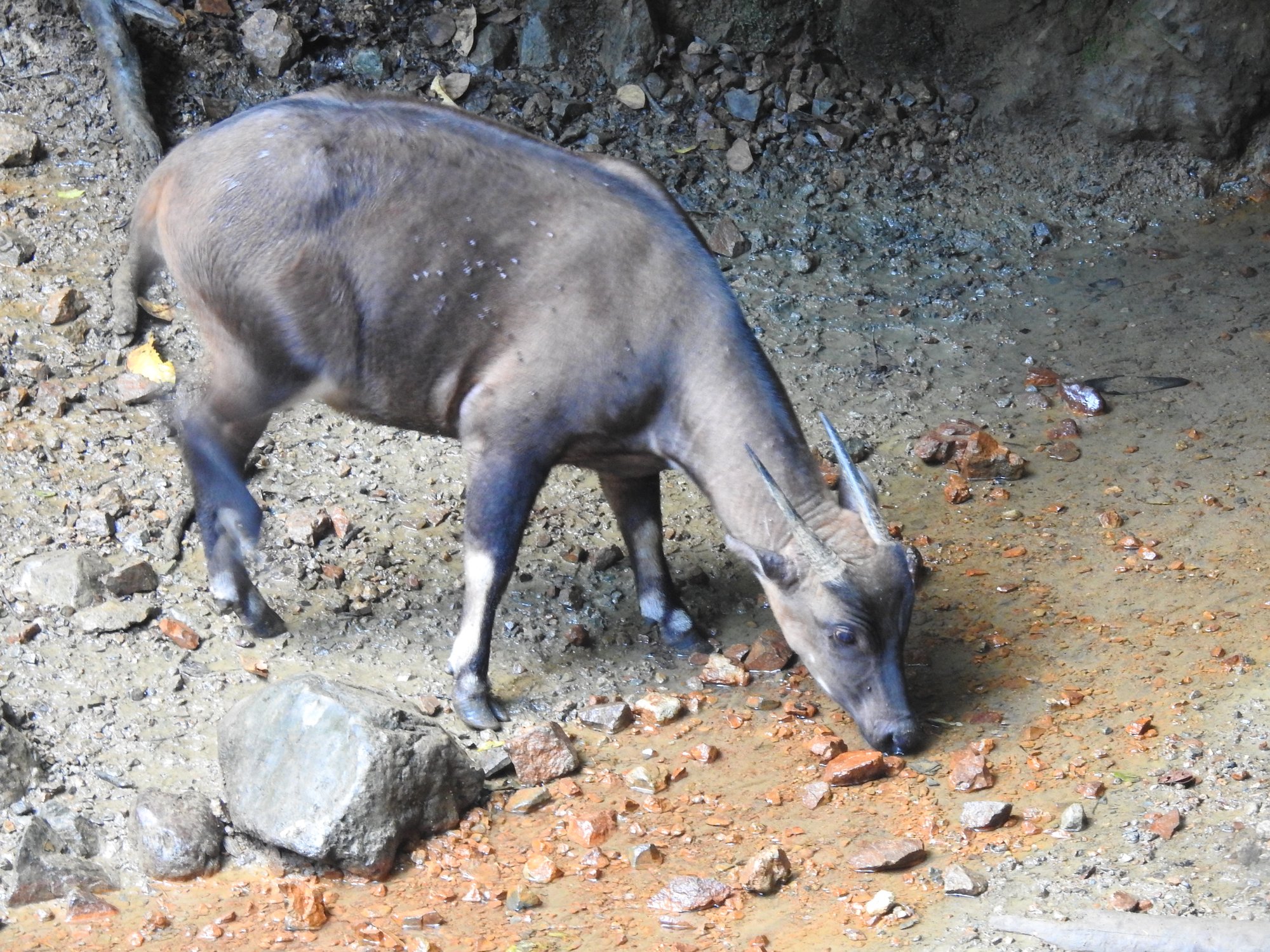
Figure 1. Lowland Anoa (Photo: Ardin Mokodompit).
Lowland Anoa has primary forest habitat in Sulawesi. His sense of smell is thought to be very sharp so it is very difficult to find directly. They also usually come to salt locations to drink salt water as an effort to meet their mineral needs. They live a solitary life. Like the buffalo family, anoa also wallow and bathe in puddles and/or mud. Some reports mention anoa drinking sea water.
B. Babirusa Sulawesi/Sulawesi Babirusa (Babyrousa celebensis)
The Sulawesi Babirusa is a group of mammals in the Suidae family. The length of the babirusa can reach 1 m with a height of about 65-80 cm and a weight of up to 90 kg. The body of the Sulawesi Babirusa is more visible in white with sparse hair than the Sulawesi Wild Boar. Babirusa is also known for its two pairs of canines that stick out enlarged, curved and penetrated upwards. Even male individuals have upper canine teeth that curve right through their upper jaw.
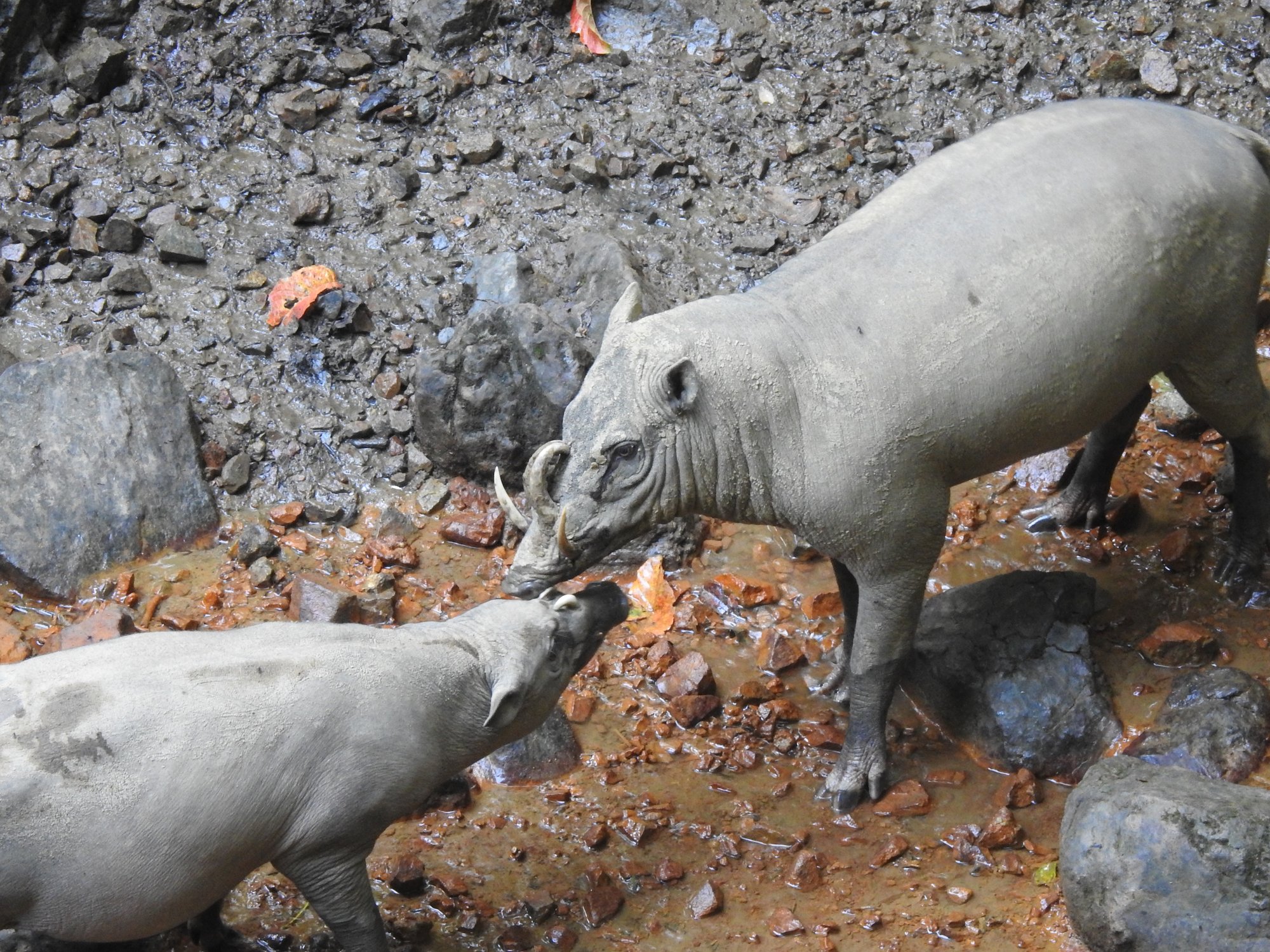
Figure 2. Sulawesi Babirusa (Photo: Ardin Mokodompit).
The Sulawesi Babirusa can only be found in the lowland and mountainous primary forests of Sulawesi. They live in groups, both small groups of male and female and 2-3 children to large groups. Usually visit mud puddles or salt-lick areas to drink salt water for mineral needs. Babirusa are known as omnivores, consuming a variety of leaves, roots, forest fruit, and a variety of small animals (invertebrates and vertebrates).
C. Cekakak Tunggir-Hijau/Blue-headed Kingfisher (Actenoides monachus)
Blue-headed Kingfisher is endemic to northern and central Sulawesi. Blue-headed Kingfisher is included in the Near Threatened (NT) category. Blue-headed Kingfisher (31.5-33cm) is a group of king prawns (Alcedinidae) which is quite large. A flashy blue head with olive-green wings and back is his trademark, in addition to his rust-colored belly and sturdy red bill.
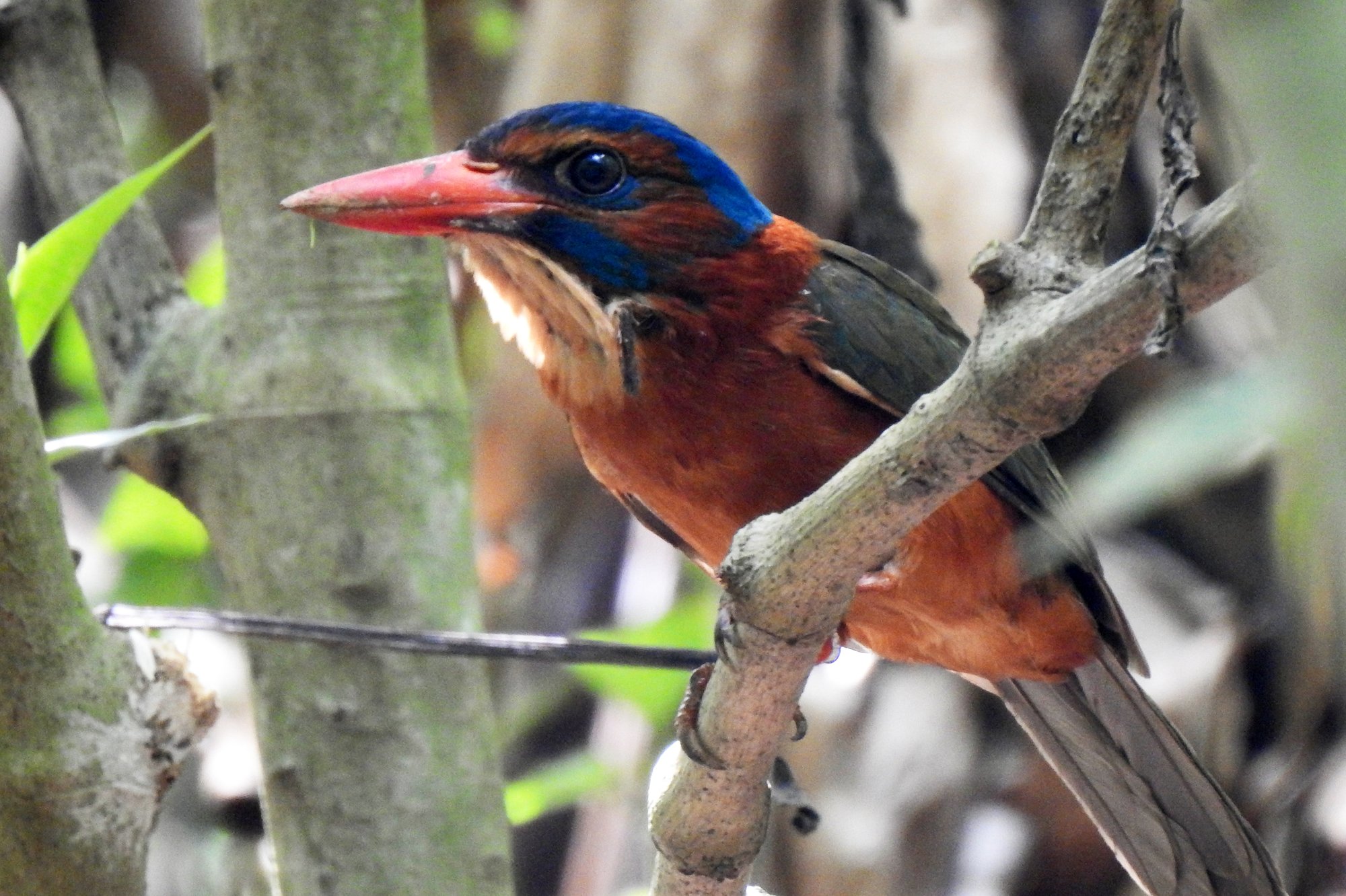
Figure 3. Blue-headed Kingfisher (Photo: Max Welly Lela, and Member of Resort Pinogaluman).
Blue-headed Kingfisher are usually found only in primary and secondary forests, up to an altitude of 900 meters above sea level. In the morning, his sad whistling often sounded sad. They can be found in the middle strata of the forest, usually perched on transverse forest bamboo trunks or short branches. Generally seen alone and fly short to move when disturbed. They are large insectivores although they are often seen eating large worms on the forest floor.
D. Julang Sulawesi/Sulawesi Red-knobbed Hornbill (Rhyticeros cassidix)
Sulawesi Red-knobbed Hornbill is an endemic animal to Sulawesi with a status included in the Vulnerable (VU) category. Sulawesi Red-knobbed Hornbill is included in the hornbill group (Bucerotidae) of 13 types of hornbills in Indonesia. This species is very easy to recognize from its large body shape, it can reach about one meter. The wings and the whole body are black with a white tail. The male has a tawny neck with a yellow beak, a bright blue crop, and horns above the fiery red beak. The female is slightly different, with a black neck and yellow head horns. Males and females are almost always seen together, sometimes shouting loudly to each other.
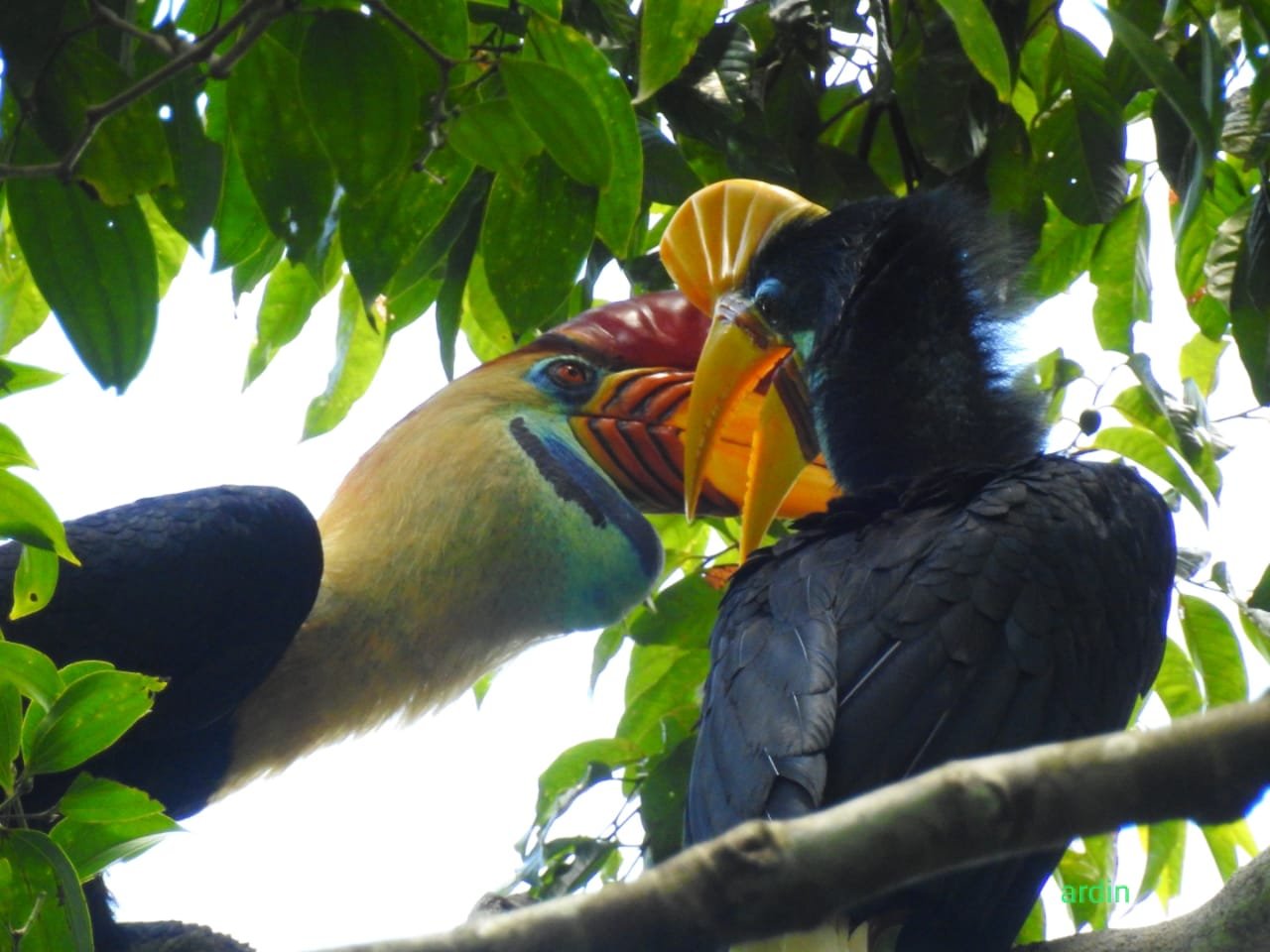
Figure 4. Sulawesi Red-knobbed Hornbill (Photo: Ardin Mokodompit).
Julang sulawesi is in dire need of good primary forest, although it can still be found in secondary forests. It can be found up to an altitude of 1,800 meters above sea level, although it is easier to find in the lowlands. Their primary forest needs to provide large trees such as roa trees, walnuts, matoa and so on to use as their nesting holes when breeding. They also really like various types of Banyan (Ficus spp.) as food, and can even gather in large numbers on banyan trees that are fruiting. They also usually gather in one place when sleeping.
E. Kangkareng Sulawesi/Sulawesi Hornbill (Rhabdotorrhinus exarhatus)
Sulawesi Hornbill is an endemic animal to Sulawesi with a status included in the Vulnerable (VU) category. The Sulawesi Hornbill belongs to the hornbill family (Bucerotidae), but is a small one (about 53 cm). Almost the entire body is black except for the bright yellow face of the male individual, while the female is entirely black. Like other hornbill species, the Sulawesi hornbill is also often seen in pairs or in small groups, flying between trees not too far away, while usually making a distinctive loud sound.
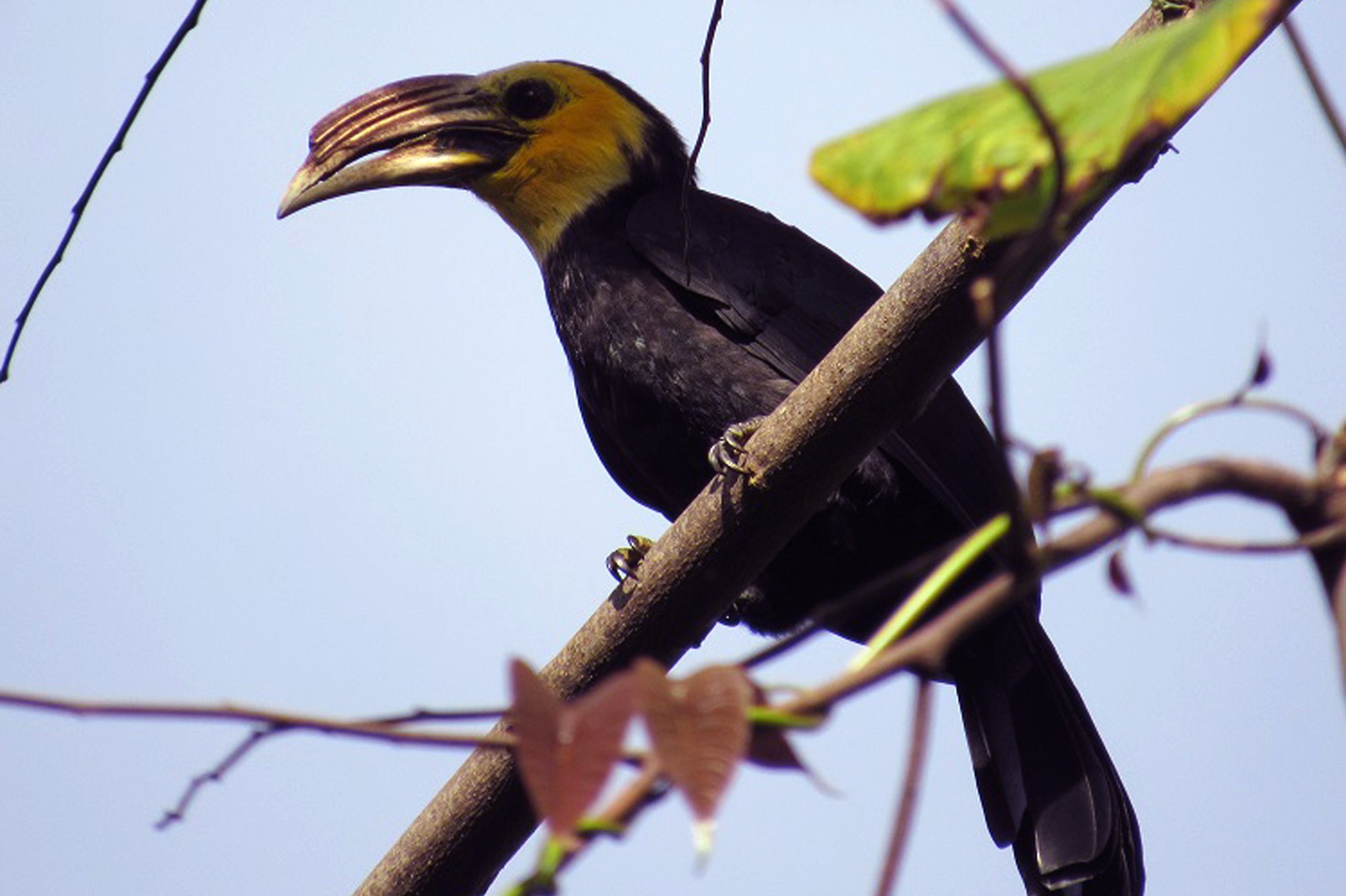
Figure 5. Sulawesi Hornbill (Photo: Resort Pinogaluman).
Sulawesi Hornbill occupy Sulawesi's primary and secondary forests, which range from the lowlands (about 100 mdpl) to mountainous areas (1,100 mdpl), although they are usually easier to find in the mountains. Sulawesi Hornbill like other hornbill species, they need primary forest that provides large hollow trees for their nests to breed. They also usually gather in one place when sleeping.
F. Monyet-Hitam Gorontalo/Gorontalo Macaque (Macaca nigrescens)
The Gorontalo Macaque is an endemic animal of the Bogani Nani Wartabone landscape with a status included in the Vulnerable (VU) category. The Gorontalo Macaque is often misrepresented as the Sulawesi Macaque (Macaca nigra). Physically, the Gorontalo Macaque is slightly reddish and the crest is not too high. Even during the breeding season, the back pads of the Gorontalo Macaque are not as big and red as the Sulawesi Macaque.
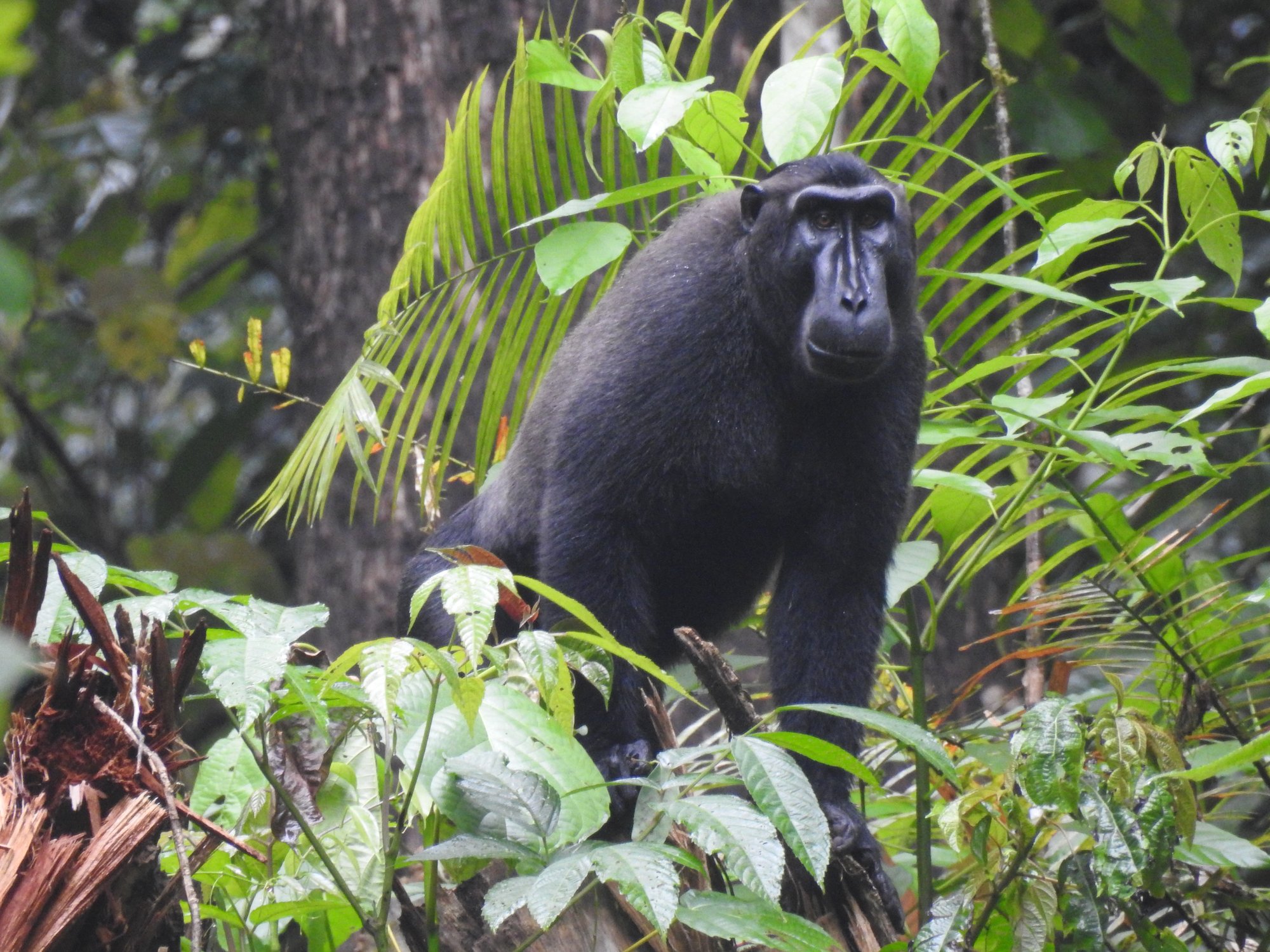
Figure 6. Gorontalo Macaque (Photo: Ardin Mokodompit).
Gorontalo Macaque inhabit secondary and primary forests up to an altitude of 2,000 meters above sea level, but sometimes also come to plantations and residential areas around the forest. They eat fruit or frugivores (70 percent of their diet), but also eat leaf buds, arthropods, flowers, and even eat human agricultural products such as vegetables, fruits, including corn.
G. Maleo Senkawor/Maleo (Macrocephalon maleo)
Maleo is an endemic animal of Sulawesi with the status included in the Endangered (EN) category. Maleo belongs to the Megapodiidae tribe, large (55-60cm) with a dominant black color and only reddish white chest and abdomen. The color of the male feathers on the chest is usually more reddish. They are always seen in pairs when visiting their spawning sites. Maleo pairs lay and lay their eggs in sand or warm soil, which are generally on beaches or areas near hot springs. Maleo eggs (178-267gr) hatch after about 60 days of incubation. After hatching, maleo chicks will emerge on their own to the ground and in a matter of minutes, can fly, alone, unaccompanied and even knowing their own mother.
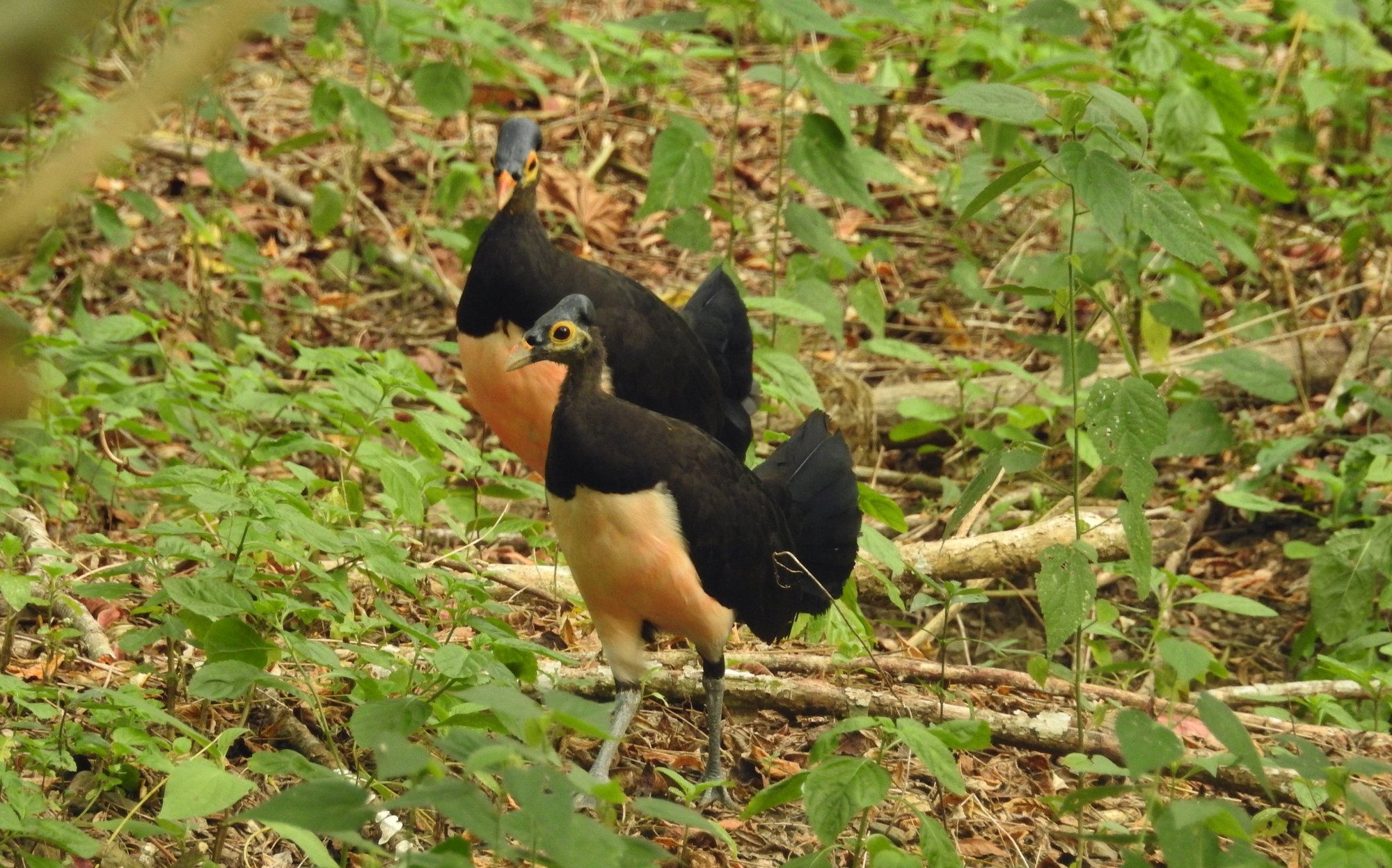
Figure 7. Maleo (Photo: Hanom Bashari).
The maleo's main habitat is primary and secondary forests in Sulawesi, from coastal forests to forests at an altitude of 1,200 meters above sea level. However, to reach their spawning sites (during the spawning season) which are sometimes on the coast or human settlements, they can travel through gardens and human cultivation.
H. Tangkasi Sulawesi/Sulawesi Tarsier (Tarsius spectrumgurksyae)
Sulawesi Tarsier is an endemic animal of northern Sulawesi with the status included in the Vulnarable (VU) category. Sulawesi Tarsier is also known by other names Tarsius spectrum or Tarsius tarsier. The types of tarsiers include the smallest primate (mammal) group in the world. His body is small, on average the size of an adult's hand, thick hair with brown color with black and light brown variations. Sulawesi Tarsier types have long tails, exceeding their own body length with slightly dense tail hairs at the third end. The eyes are very large compared to the size of the head.
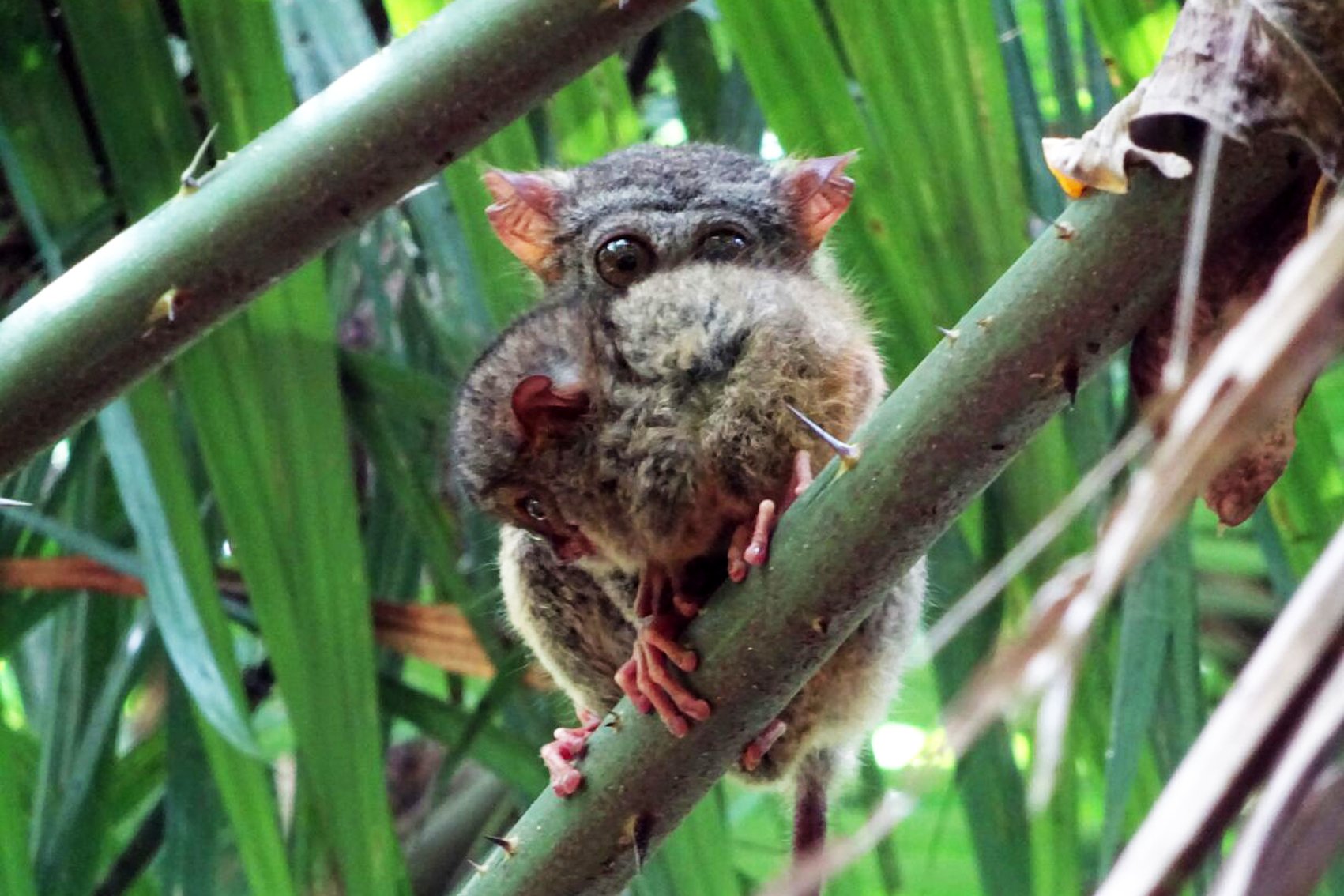
Figure 8. Sulawesi Tarsier (Photo: Ardin Mokodompit).
Sulawesi Tarsier live in small groups in one family, 2-6 individuals, inhabiting primary and secondary forests up to an altitude of more than 1,000 meters above sea level. They can also sometimes be found in cultivation areas and community plantations around the forest. In the forest, they are easy to find in areas where bamboo and rattan are dominant. Sulawesi Tarsier are generally nocturnal (nocturnal) animals, hunting for grasshoppers and other insects of medium or large size, and are very active late at night or near morning.
I. Tiong-Lampu Sulawesi/Purple-Winged Roller (Coracias Temminckii)
The Purple-Winged Roller is an endemic animal to Sulawesi with the status included in the Least Concern (LC) category. Purple-Winged Roller is included in the family/tribe Coraciidae and this species is the only genus of Coracias in Indonesia. The dominant color is purple and dark gray with a turquoise blue crown, which is their main characteristic. Their beaks are thick and sturdy, the hallmark of large or medium-sized insectivores. Body length to tail can reach 35 cm.

Figure 9. Purple-Winged Roller (Photo: Max Welly Lela).
Purple-Winged Roller inhabits primary and secondary forests up to 1150 meters above sea level, although it is more common in the lowlands. As insectivores, they are also commonly found to the edges of forests and gardens. They are more often seen alone or in pairs, sometimes also in small groups. Their main food is insects and large and medium-sized reptiles such as grasshoppers, beetles, and even small lizards. They also commonly perch on stumps or broken trunks in trees in the middle strata of the forest, or even on power lines, and can suddenly descend to the ground or grass to catch their prey. They nest in dry tree holes. Their voices are very distinctive, so they are easily recognizable.
J. Bubut Sulawesi/Bay Coucal (Centropus celebensis)
Bay Coucal is an endemic animal of Sulawesi with the status included in the Least Concern (LC) category. The Sulawesi lathe belongs to the Cuculidae family. They are very easy to spot in the forest. The body is large with a long tail. Body length to tail can reach half a meter. The body color is light brown to dark brown, with a beak that looks sturdy. There is no difference between male and female individuals. In the forest, the sound of the Sulawesi lathe is very distinctive, with a resounding hum.
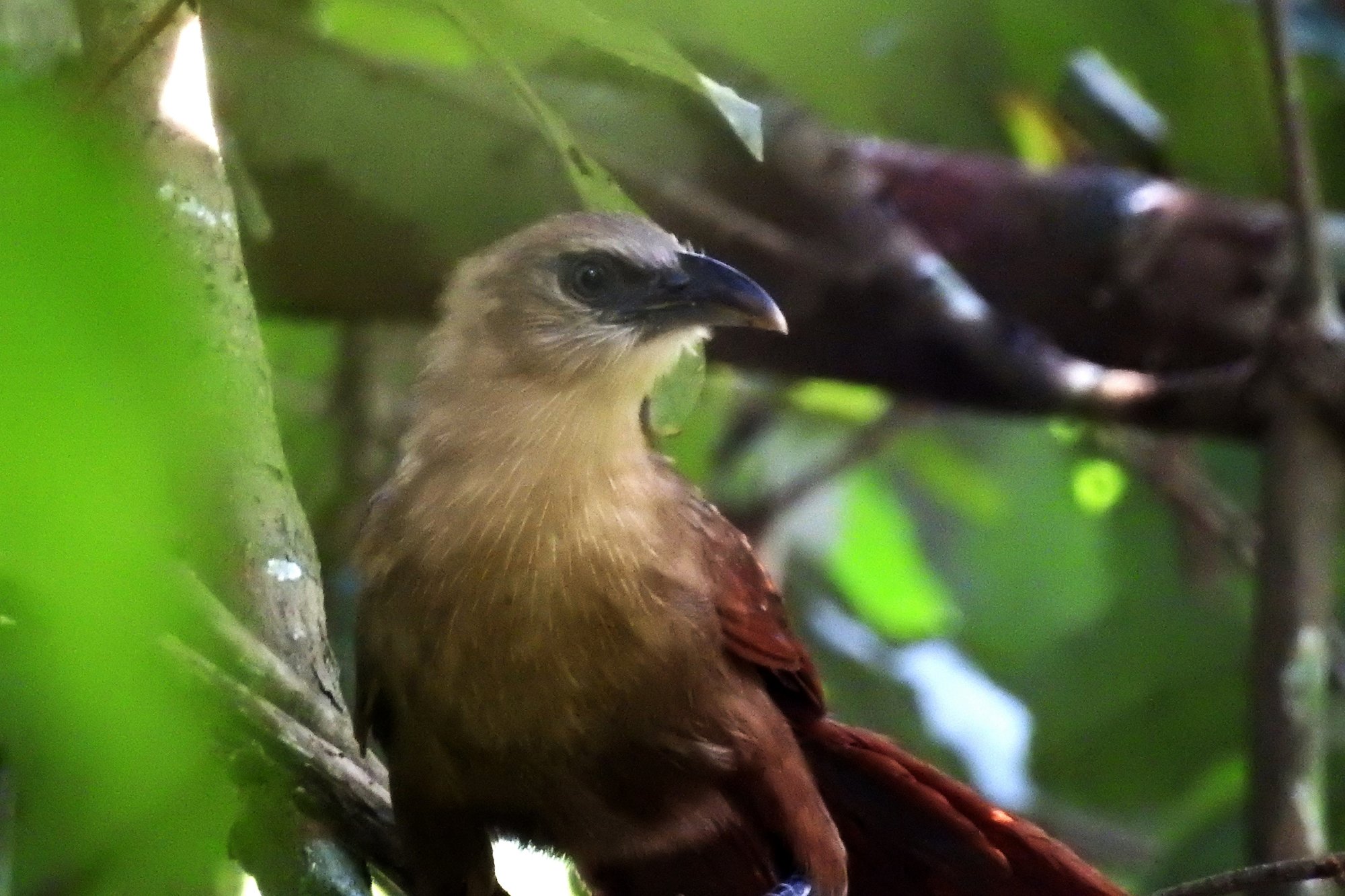
Figure 10. Bay Coucal (Photo: Resort Pinogaluman).
Sulawesi lathe is commonly seen on the branches of trees and shrubs that are low to medium. They are rarely seen flying, except for moving between trees and branches. Although often seen in open areas such as gardens on the edge of the forest, because it makes it easier for them to hunt insects. They also usually live in secondary forests to primary forests to an altitude of about 1,100 meters above sea level. They are usually seen in small groups of 2-5 individuals. Sometimes it also gathers with large insectivorous birds such as the Sulawesi lizard, hair-crested sriguns, and also types of sunguts, both hunting large insects and spiders.
References: TNBW. 2018. Potensi Taman Nasional Bogani Nani Wartabone. Kotamobagu: Balai Taman Nasional Bogani Nani Wartabone.
